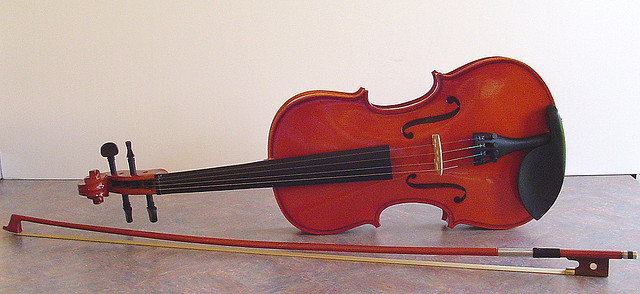Violin vs Cello
It can be challenging for some to identify the difference between a violin and a cello, as they look quite similar. This article aims to make it easier to distinguish between these two string instruments by exploring their characteristics and highlighting their differences. While violins and cellos might appear similar to an average person, a more vigilant eye can spot many more detailed differences between them.
What is a Violin?
A violin, also known as a fiddle, is the smallest and highest pitch-producing instrument in the string family. It is an hourglass-shaped wooden instrument with an arched top and back, played using a bow made of a hank of horsehair. The first appearance of the violin dates back to the early 16th century, and it is believed that the earliest violins were mostly plucked, as bowed violins had not been invented yet. The violin has four strings, which were originally made of sheep gut but are now made of various synthetic materials, including steel. As the highest-pitched string instrument, the violin’s range extends from the G below Middle C to a higher E7. Music is produced on the violin by drawing its bow across the strings. The violin is associated with both Western and Eastern types of music.
What is a Cello?
A cello, or violoncello, is the second-largest instrument in the string family, with the double bass being the largest. The cello was first developed in the early 16th century from the bass violin. Like the violin and other string instruments, the cello is also played with a bow, albeit a larger one. The shape of a cello is similar to that of a violin, but it has an endpin at the end to rest the cello on the floor when played by a cellist, supporting the weight of the instrument. The cello has a low pitch range, starting with two octaves below Middle C as the lowest note. A cello is played while the cellist is seated, and the music is produced by drawing the bow across the strings. The cello is not associated with Eastern music but is largely linked to European classical music.
Key Takeaways
- Violin and cello differ in size: the violin is the smallest in the string family, while the cello is the second-largest.
- The pitch of the violin is higher than that of the cello, making the violin the highest-pitched string instrument.
- The playing posture for the violin and cello differ: the violin is held at shoulder level and thrust to the chin, while the cello is played with the cellist sitting down and the cello resting on the ground.
